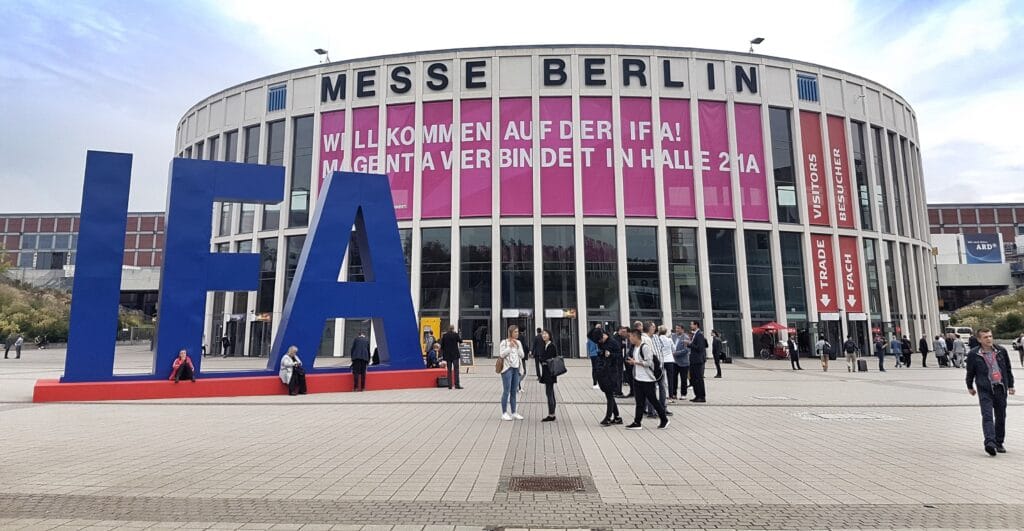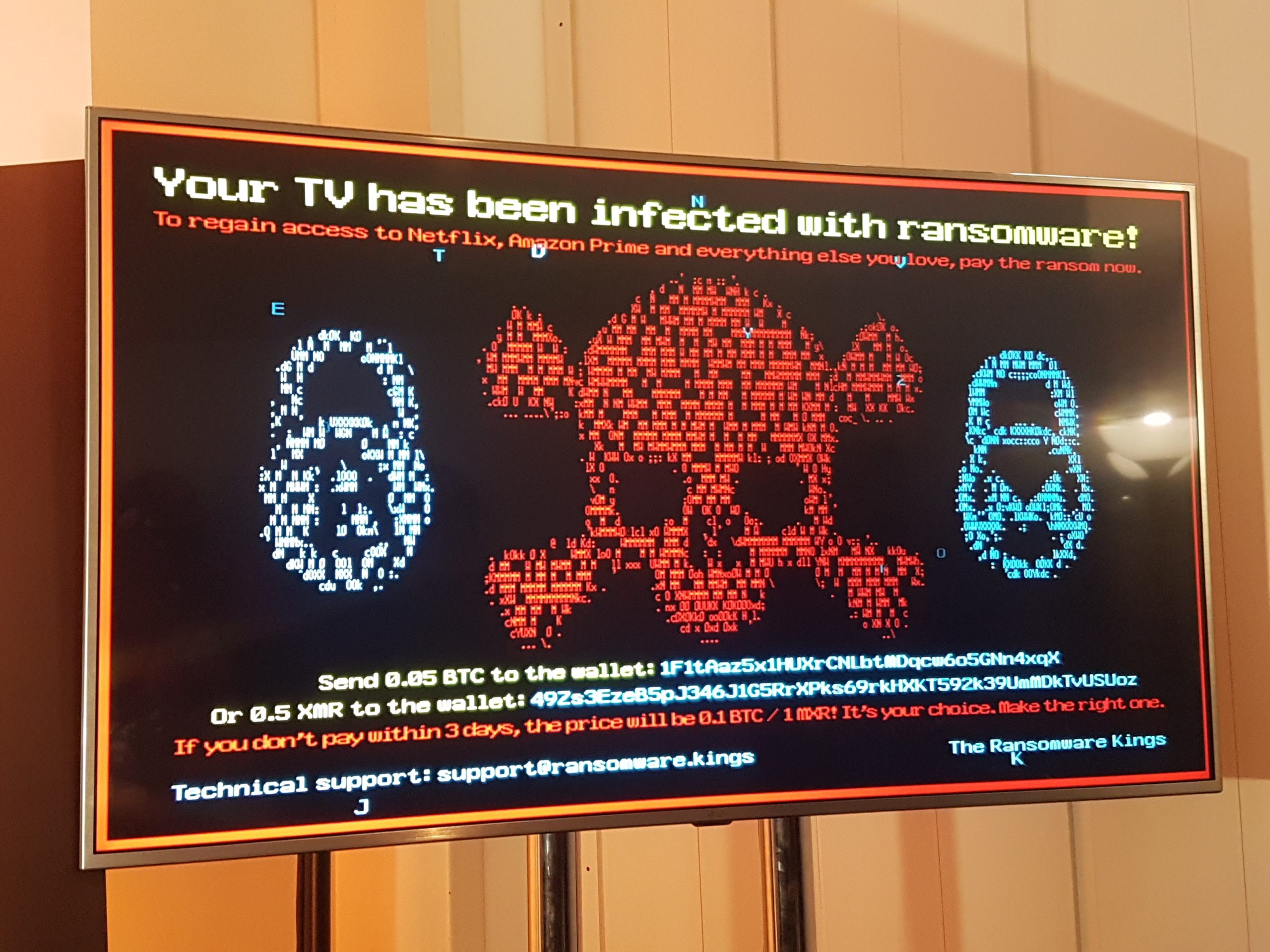
Trend Topic Smart Home at IFA 2018 – The Two Sides of the Medal
Events
Posted 13 Sep 2018
Once again, numerous technical novelties and innovations were presented at IFA, the international trade fair for consumer and home electronics, in Berlin this year. The fair attracted a total of 245,000 visitors, more than 1,800 exhibitors and 6,000 journalists from 75 countries. The key topics were virtual reality, all possible versions of robotics, and also the first 8K televisions with QLED technology were presented. However, what no trade fair visitor could have avoided was the topic of Smart Home – the number of intelligent devices for home use was exceptionally high this year.
A recent study by Bitkom shows that the Smart Home, the connected home, is on the rise in Germany: According to the study, 70 percent of the respondents have already heard of the term Smart Home and 71 percent can explain what it means – in 2016, the figure was only at 53 percent. The study also shows that every fourth German uses at least one smart home application. Particularly widespread are intelligent lighting, video surveillance and digital voice assistants. By the way: We already shared some thoughts about living in a Smart Home in 2040 in a previous blog post.
Smart Homes are households in which devices interact with each other and can be controlled centrally. On the one hand, these modern technologies automate and simplify processes. On the other hand, the functionality of the devices can be adjusted to the personal requirements of the users. For instance, an intelligent heating control system enables radiators to be operated from a smartphone while on the move – or the heating performance is automated, e.g. through machine learning based on the habits of the residents. As a result, power consumption and costs can be reduced. Smart lighting can also be very useful for users if, for example, the brightness and light colors of natural daylight are simulated in all rooms of an apartment.
At IFA, people also had the impression that controlling networked devices with digital voice assistants such as Google Home Assistant or Amazon’s Alexa completes their own smart home. “Alexa, dim the lights and turn on Netflix” – it couldn’t be more convenient!
For the users who want to keep an eye on their home on the go, the Smart Home offers various opportunities due to intelligent security systems: Security cameras deliver high-quality images on demand which can be accessed via smartphone in order to see who is standing at your front door or who is gaining unauthorized access to your property. Do residents want to see what the dog is doing alone at home? No problem with pet cameras that live broadcast what is happening in the house to their own smartphone!
But how should one behave when the camera transmits pictures from one’s own house to third parties, when lights flicker all of a sudden, when loud music automatically booms from the music system, when Alexa independently orders a sports car and when the smart TV suddenly only displays “You have been hacked” and asks to pay ransom in form of the cryptocurrency Bitcoin?
Exactly this scenario, our customer Avast demonstrated during a live experiment at IFA. The supposed hacker – in reality, a security researcher at Avast – was working on the smart devices of a resident – in reality, a journalist from the national newspaper WELT – and showed how real hackers succeed in finding weak points in the network via a publicly accessible search engine on the Internet and in getting smart devices to play crazy.
But how can hackers gain access to connected devices?
The experiment began as follows: Vladislav Iliushin, a security researcher from Avast, used the Internet of Things (IoT) search engine Shodan.io to find connections and public visible security cameras. He was then able to connect to one of the cameras via the internet using the camera’s own preset access data. Afterward, he introduced a control command into the system to get root access to the camera. It was now possible to access smart lighting, stereo, Alexa and at the end also the Smart TV. The viewers were especially impressed by one picture in particular: The constant ransom message which was shown on the hacked TV and which remained stubbornly on the TV display, no matter what the owner tried to do.

With this experiment, Avast illustrated the dangers of a Smart Home and shows how hackers can take advantage of the systems to control the connected home.
The fact that this is possible at all, is due to a lack of security standards in the Smart Home industry. Manufacturers of TVs, cameras and music systems who made their previously analog products “smart”, never had to worry about security issues and have no experience in protecting their products. They only see themselves as the manufacturer of the products.
Besides that, there are no unified rules and no pressure on the industry to protect the users of connected devices with general standards. Therefore, the users need to get active themselves: Before purchasing new technology, users should inform themselves about update regulations of the manufacturers and also pay attention to the safety standards of the devices. For example, users should make sure that the data of security cameras are only transferred end-to-end coded so that only the sending device (the security camera) and the receiving device (e.g. the smartphone) can access the data. Users of smart devices can’t rely on the manufacturers to provide protective actions and therefore take initiative. It can only then be ensured that smart devices do what they are supposed to do: Make everyday life more comfortable and pleasant!

– This article was written by Christine Gierlich, Account Manager at HBI